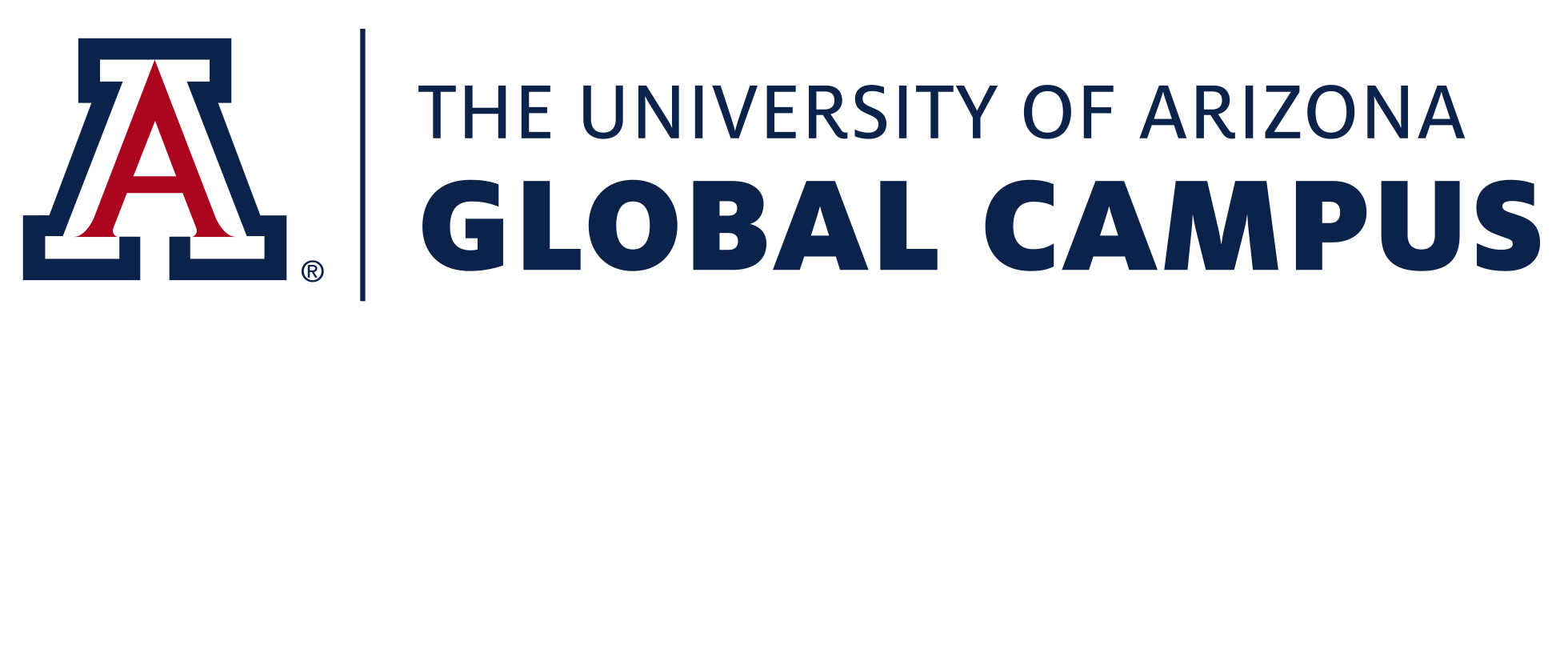The Covid-19 pandemic shocked the world. Ironically, it went just as fast as it crept upon the world, and we rarely talk about it now. We see the aftermath all around us, yet we seldom reflect on the changes that rapidly became our new normal.
The workforce has experienced the most drastic and dynamic culture shifts. Many people went from going into an office daily to working from home and attending meetings virtually. School-aged children had to adapt to a completely virtual environment, and many had to close their doors first temporarily, and some were never to reopen them.
How we shop, engage with others, work, and see the world has changed.
Our workforce faced an expected decline despite the global pandemic. Many in the Baby Boomer generation were forecasted to retire. Many faced deciding to leave the workforce even earlier than expected due to health and fear. Those who could retire did.
Marilyn Faulkenburg cautions that we will face hardship with the workforce for approximately 30-35 years. Six primary causes contribute to the issue: Early Retirement, Birthrate, Childcare, Skill Gaps, Wages, and Expectations of the Workplace.
- Early Retirement- By 2021, over 19% of the U.S workforce, 2.3 million people retired, leaving our workforce with vacancies that have still caused disruption
- Birthrate- The Baby Boom produced an average of 5 children per U.S household versus Gen X (1965-1980), producing an average of one per family and leaving our workforce without a backfill strategy. Our future workforce will come from the children of Millennials, who have had more children than Gen X.
- Childcare- Childcare is deemed affordable at 7% of total household income, and most U.S. families pay 20% of their income or more on childcare. It has simply become affordable. Additionally, the Covid-19 global pandemic forced many childcare centers to close permanently. Another side effect was some families learned to adapt and survive on one income. There is also a severe wage gap for childcare center employees, which causes a gap in the workforce.
- Skills Gaps- Many jobs have utilized technology to improve efficiency; although technology improves processes, it has caused a need for a certain level of skill that doesn’t exist in the current workforce. Upskilling is needed as job requirements are too complex for the existing workforce.
- Wages- People are demanding to be paid more. The pandemic caused distribution and fulfillment centers to dominate the available workforce. These centers pay an average of 21.55 per hour versus 10-20 per hour in retail, fat food, and other entry-level positions.
- Expectations of the Workplace- People have learned that work-life balance is possible; the COVID-19 pandemic has shown the workforce that their job can be done without driving into the office every day. The current workforce is less tolerant of poor treatment and will not stay; they do not feel the pressure to endure unfair treatment or lack of a personal life. Many will become entrepreneurs instead of being forced to give up work/life balance.
Marilyn Faulkenburg offered many practical solutions to help restore the workforce.
Technology and Automation
We have started to see advancements in automation and technology everywhere, from elf checkout to on-demand food delivery. Automation in substitution of employees that do not exist. Increasing training and technology is the key to keeping the workforce skilled and also filling the gaps in human capital that we will experience for the next 30+ years.
A shift in mindset
Our workforce has changed; there is no denying that we will not go back to the way things were 3 years ago. We must adapt and provide an environment where people want to be by making them feel included. Explore change management training and involve employees in decision-making.
Childcare
Many companies have on-site childcare; those that don’t must include employee benefits that make working worthwhile versus staying home to care for their children. Increase in pay for childcare workers to attract and retain.
Flexible work schedules/work-life balance
For job roles that can accommodate, a flexible work schedule is imperative. Some jobs have designed three days in and two days out of the office schedule, which is a nice compromise for the employees and the company. The days of demanding that an employee be accessible 24 hours a day are over.
Immigration
Many immigration policies are outdated and need to include protection specifically due to the shortfall that has come by way of the reduction in immigrant workers in job roles that citizens historically will not do. A quarter of the manpower shortfall in the U.S. is directly related to immigration. A change in law is necessary to make it easy to work in the U.S.
Retention of current workers
Employee retention benefits everyone. On average, employee turnover costs a company 6-9 months of the employee’s salary. Companies can retain employees by making the workplace safe physically and mentally. Salary and benefits should be competitive and reviewed relatively. Employees want open communication and to be included in decision-making. Employees want clear direction and advancement opportunities. Training and mentorship are excellent solutions. Employees also want to be recognized for their hard work and achievements.
In conclusion, our workforce has changed. Although there will be challenges, we know what it takes to make a better future. Current and future leaders will be tasked with making the workplace an environment where the best talent wants to stay and grow with the company. We can do so by providing a safe place where individuals can experience work/life balance and opportunities to grow with the company long-term.

Nafeesah (Fee) Williams
Student Director of Communications and Social Media


